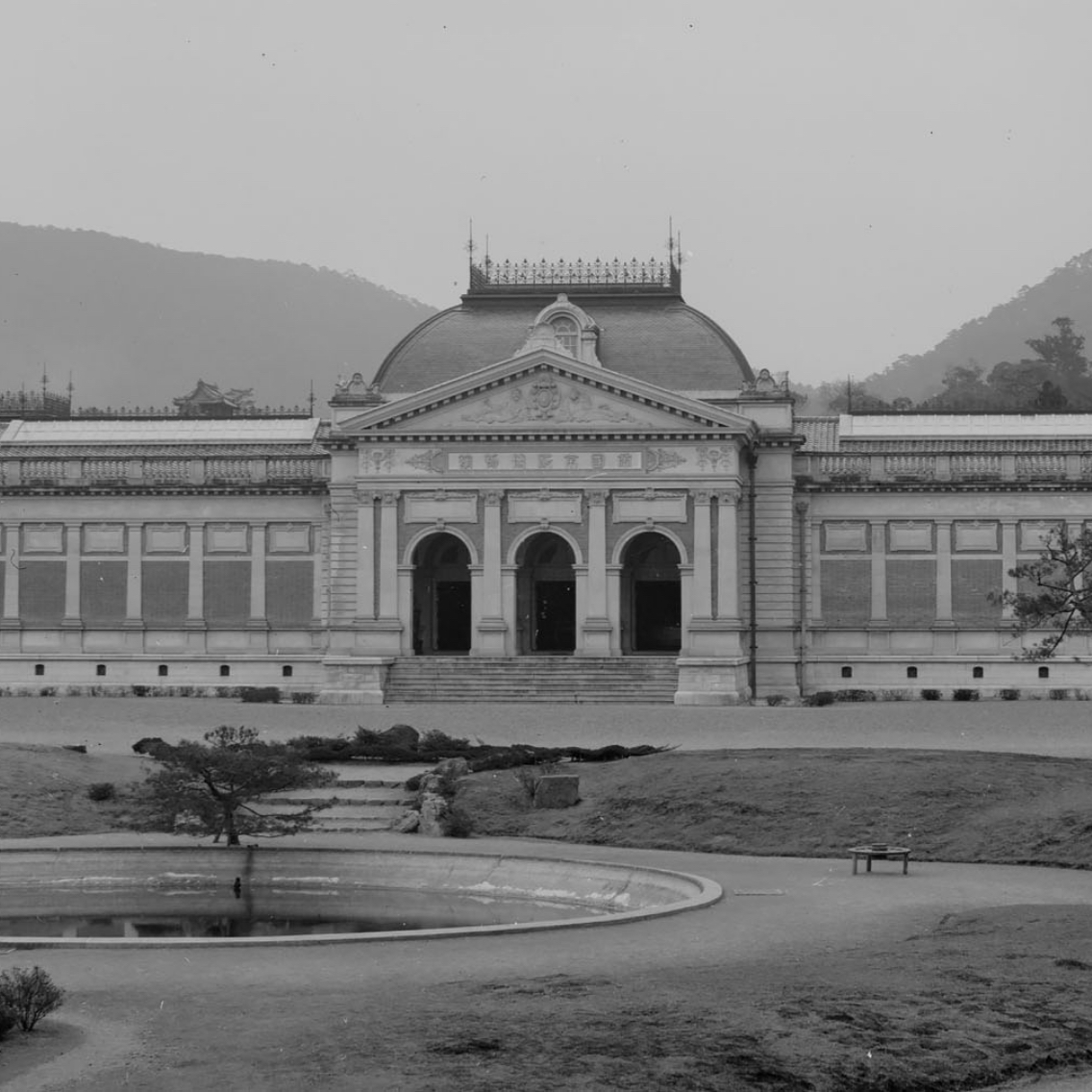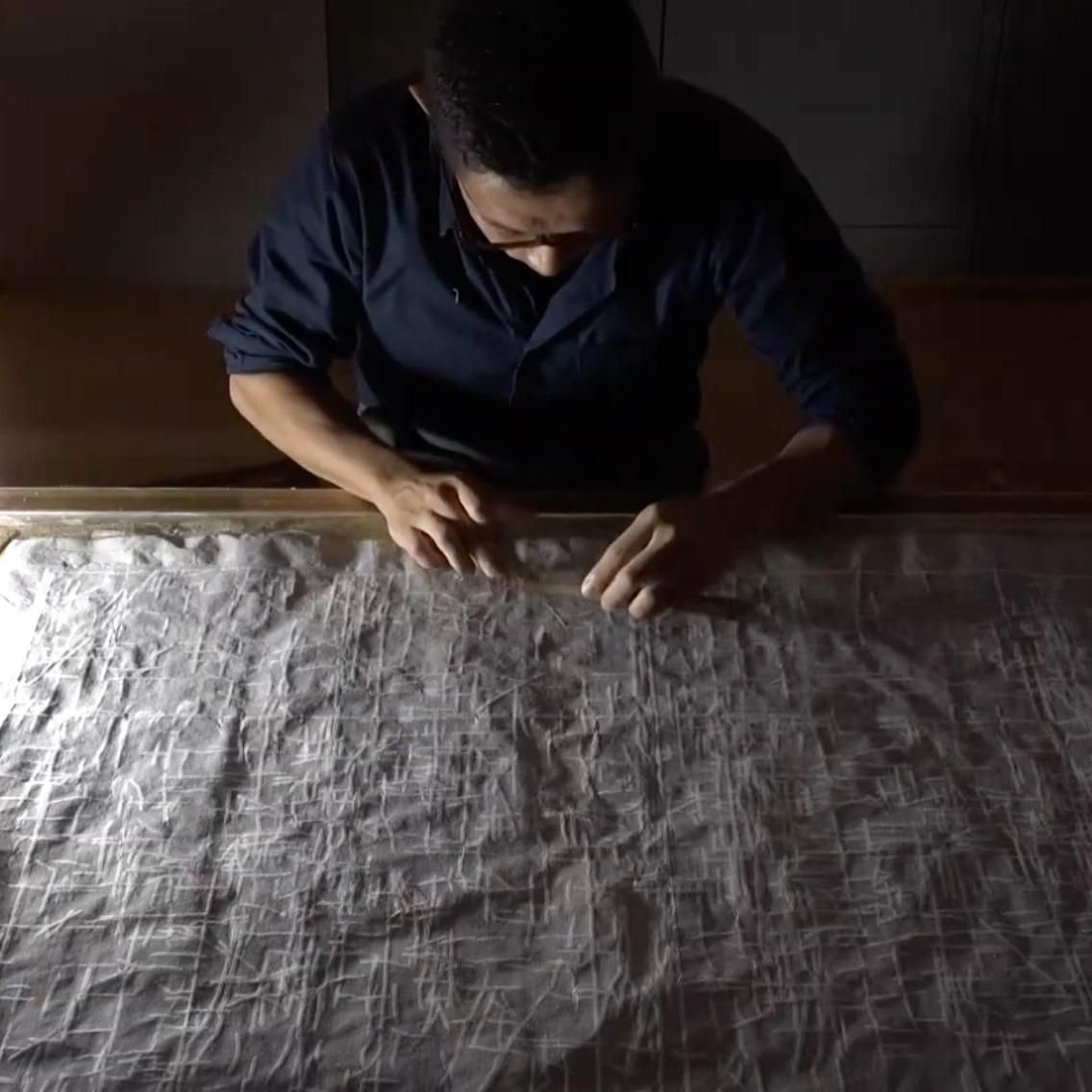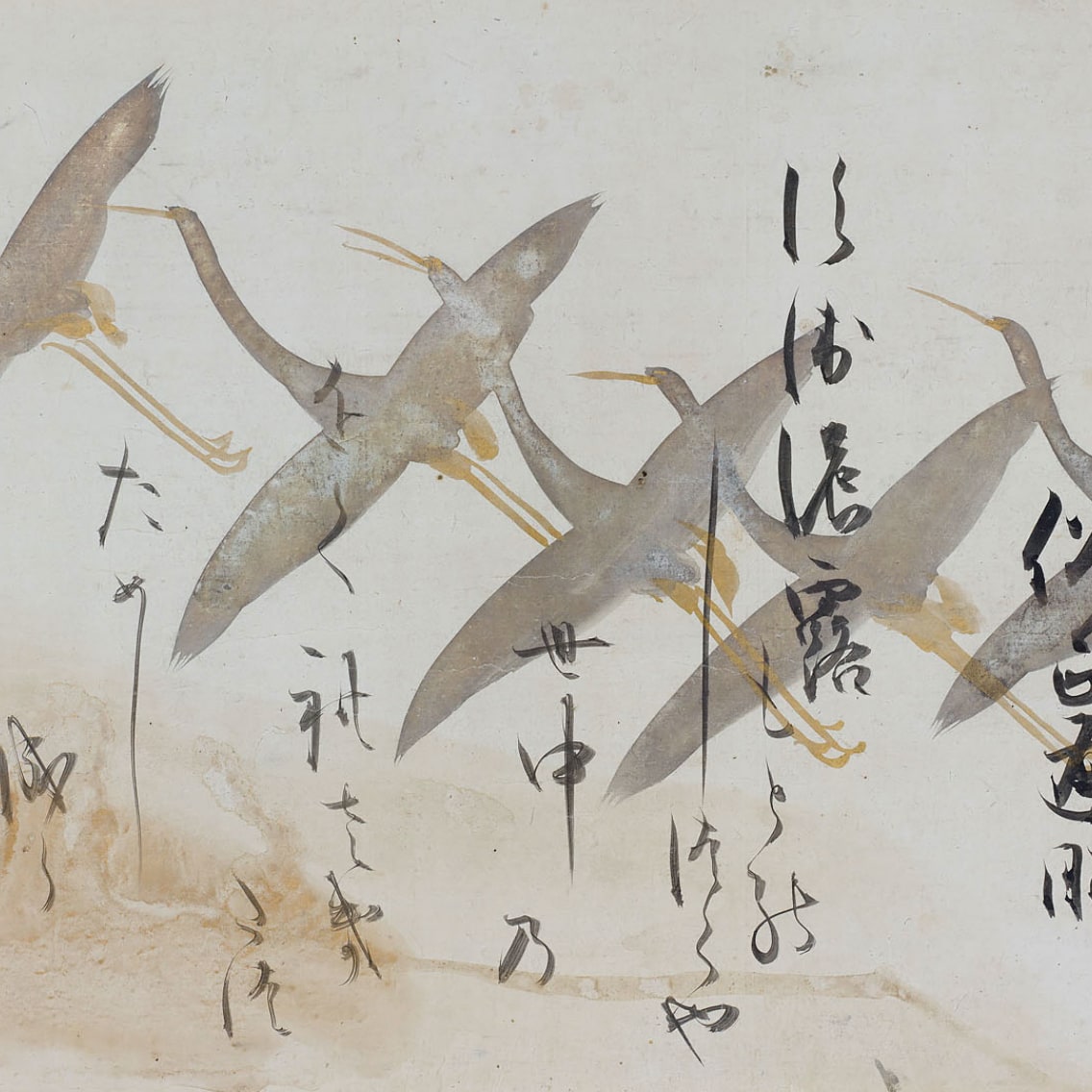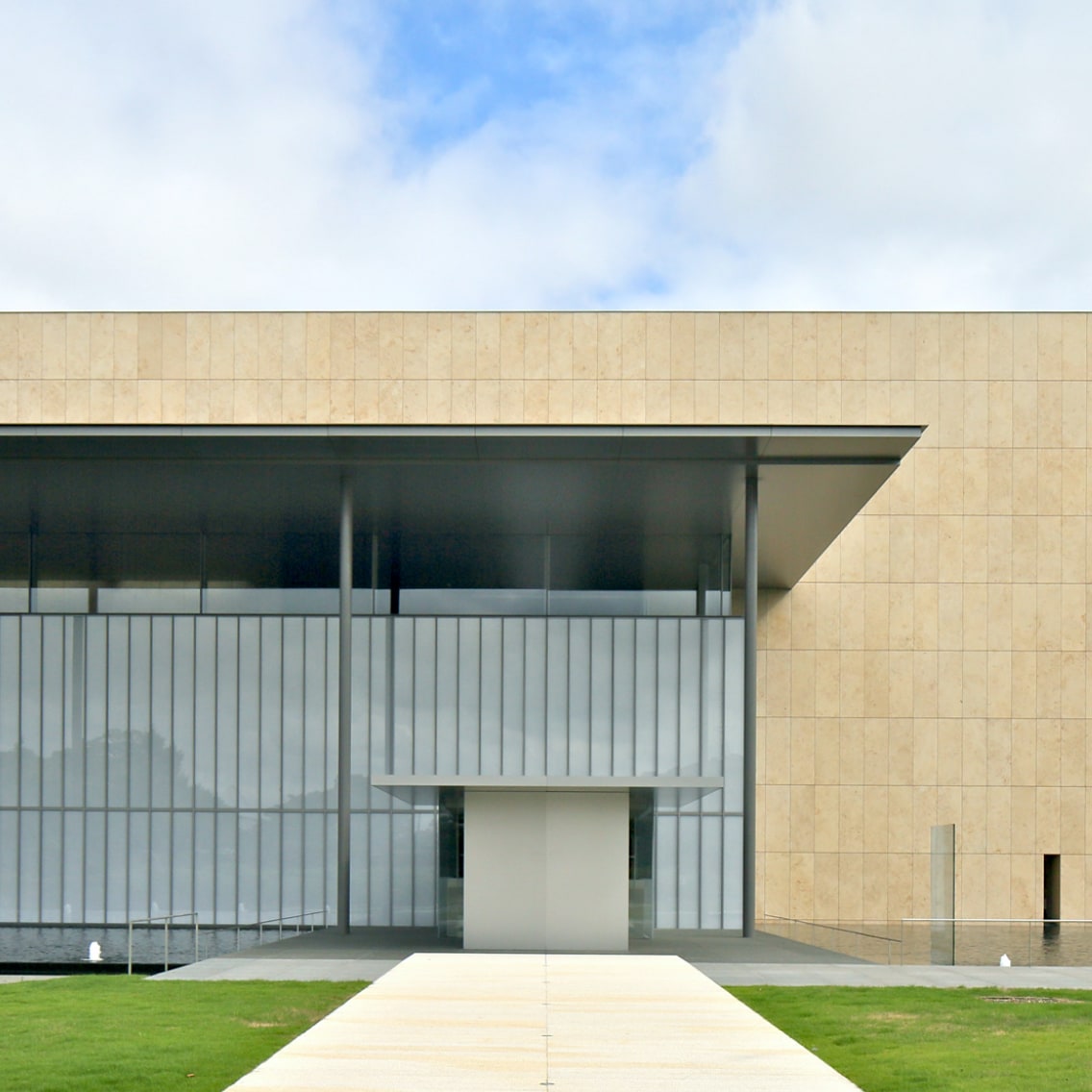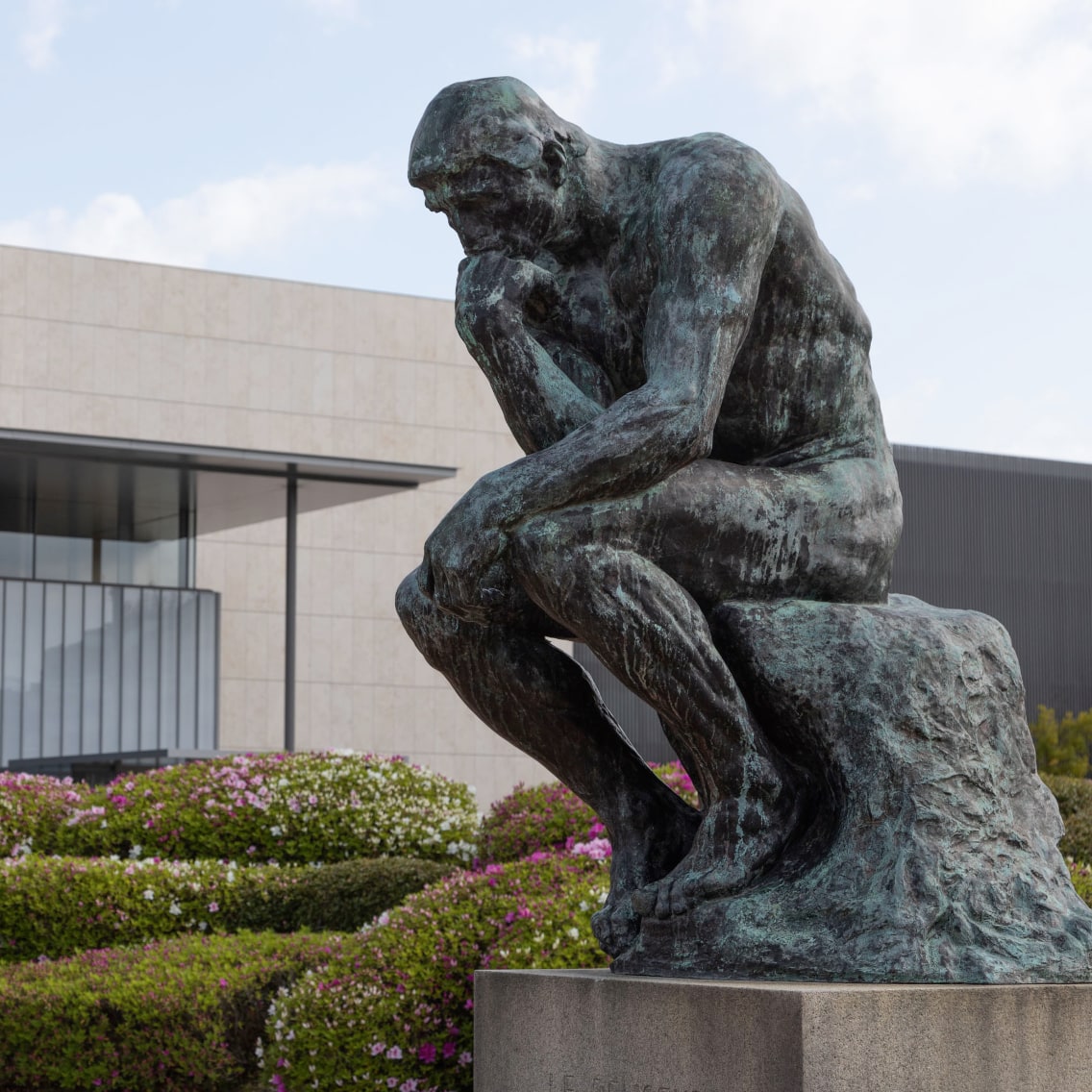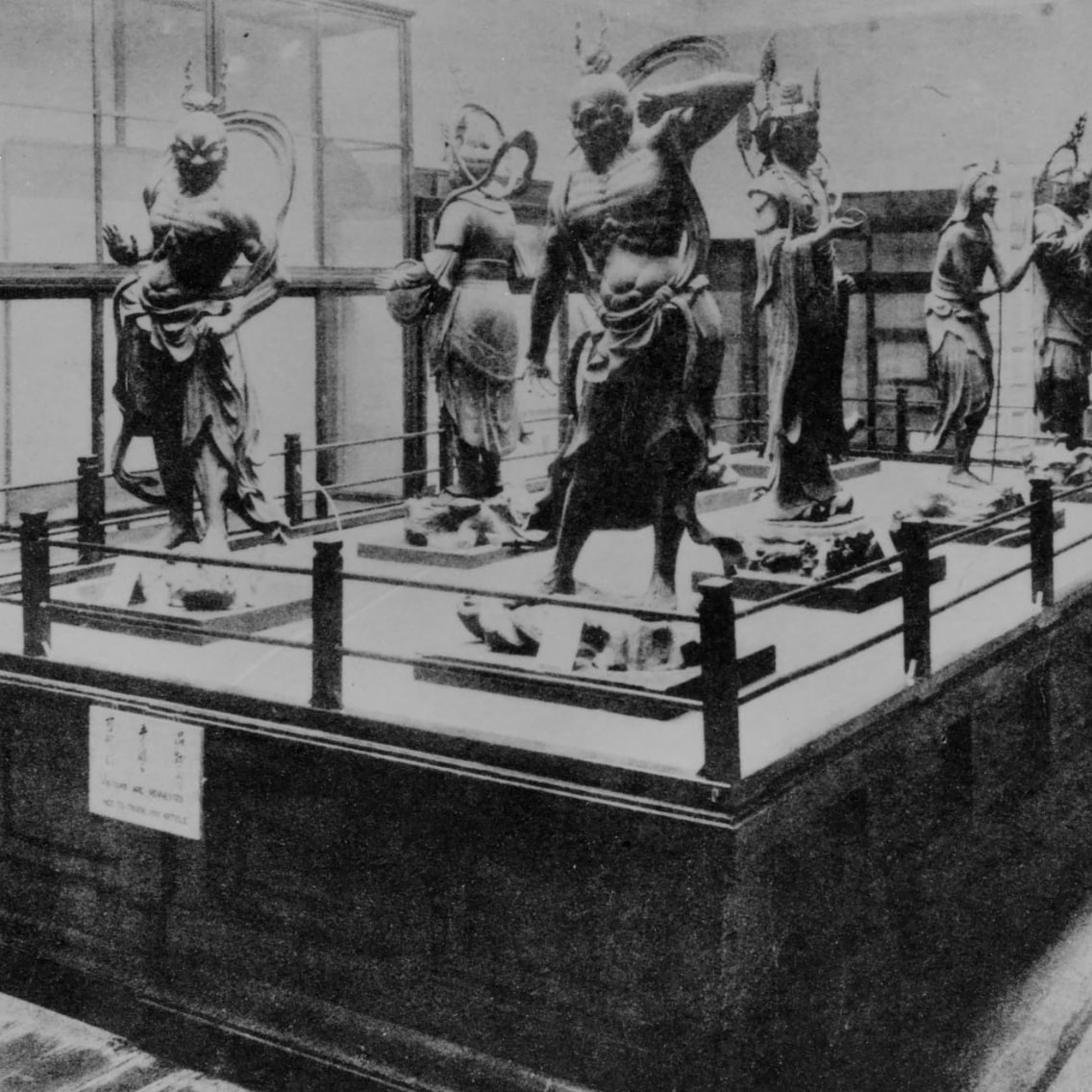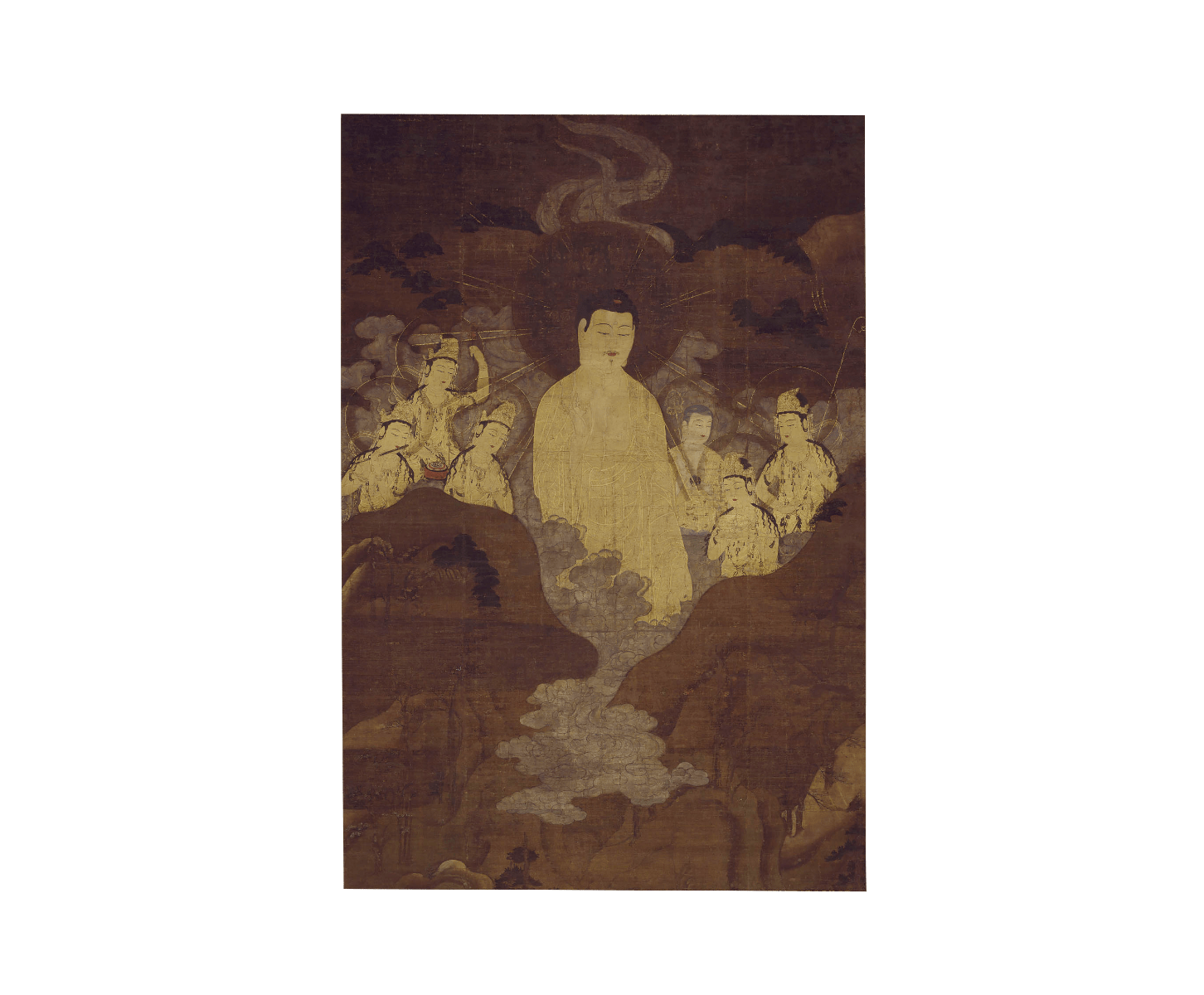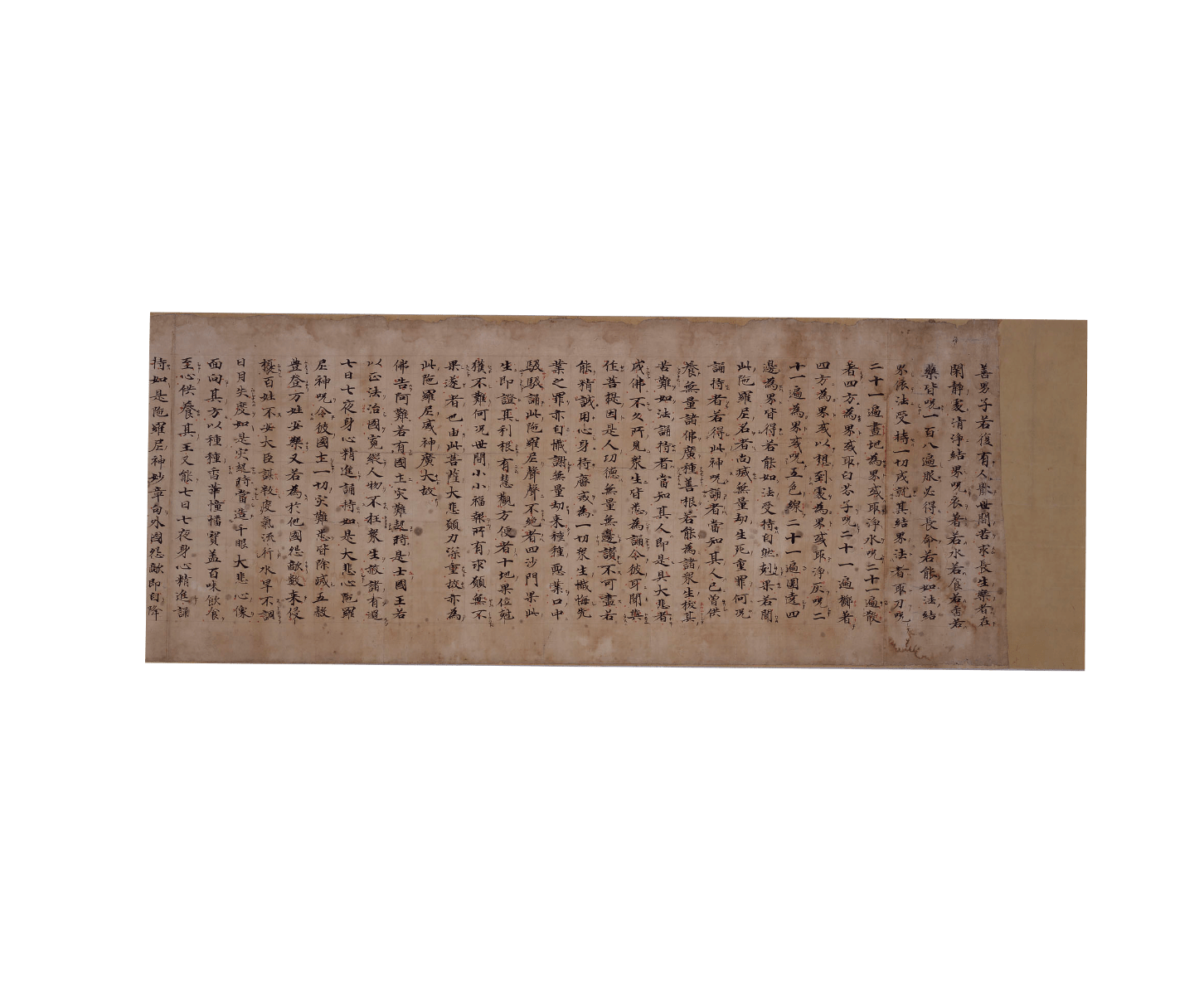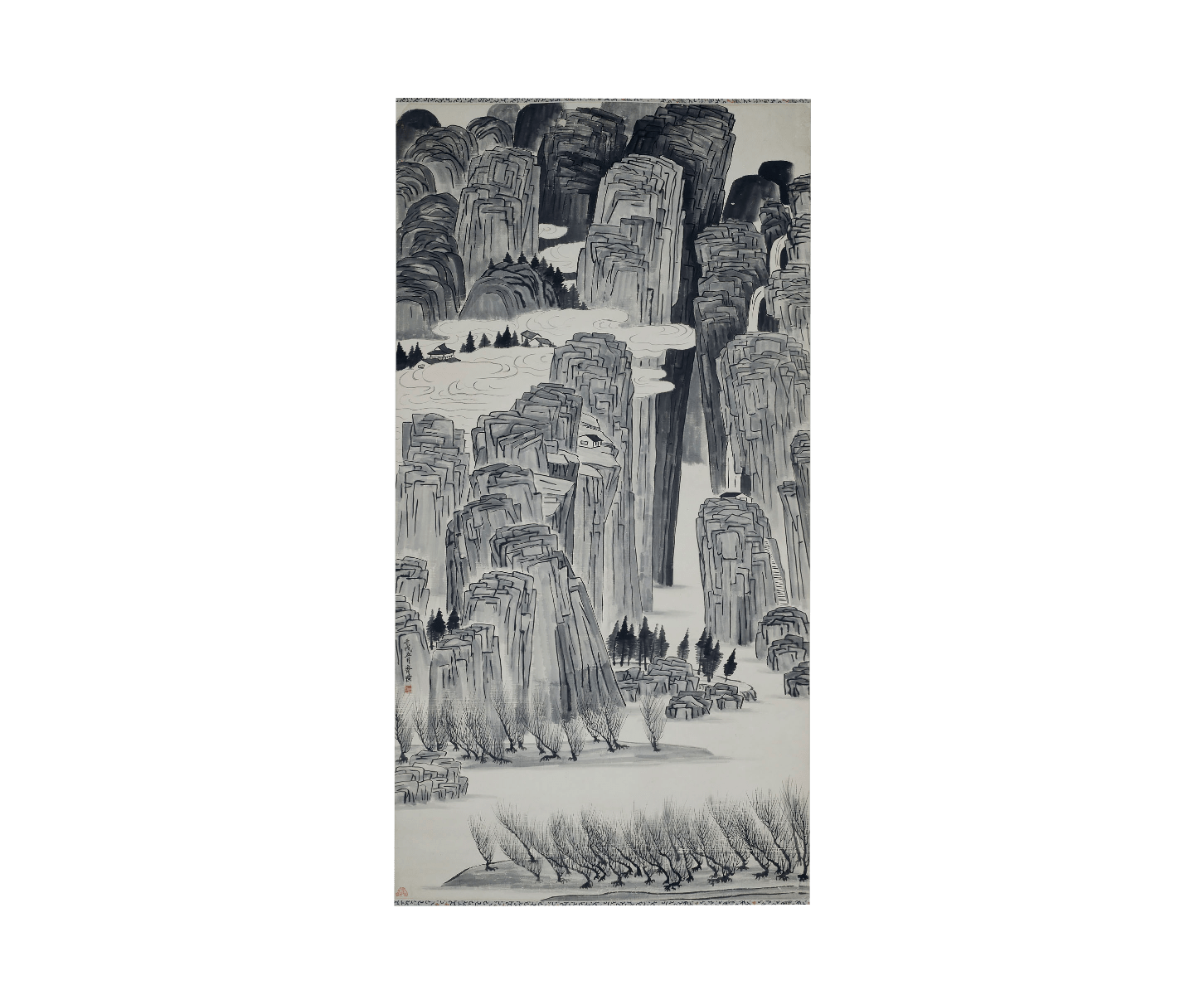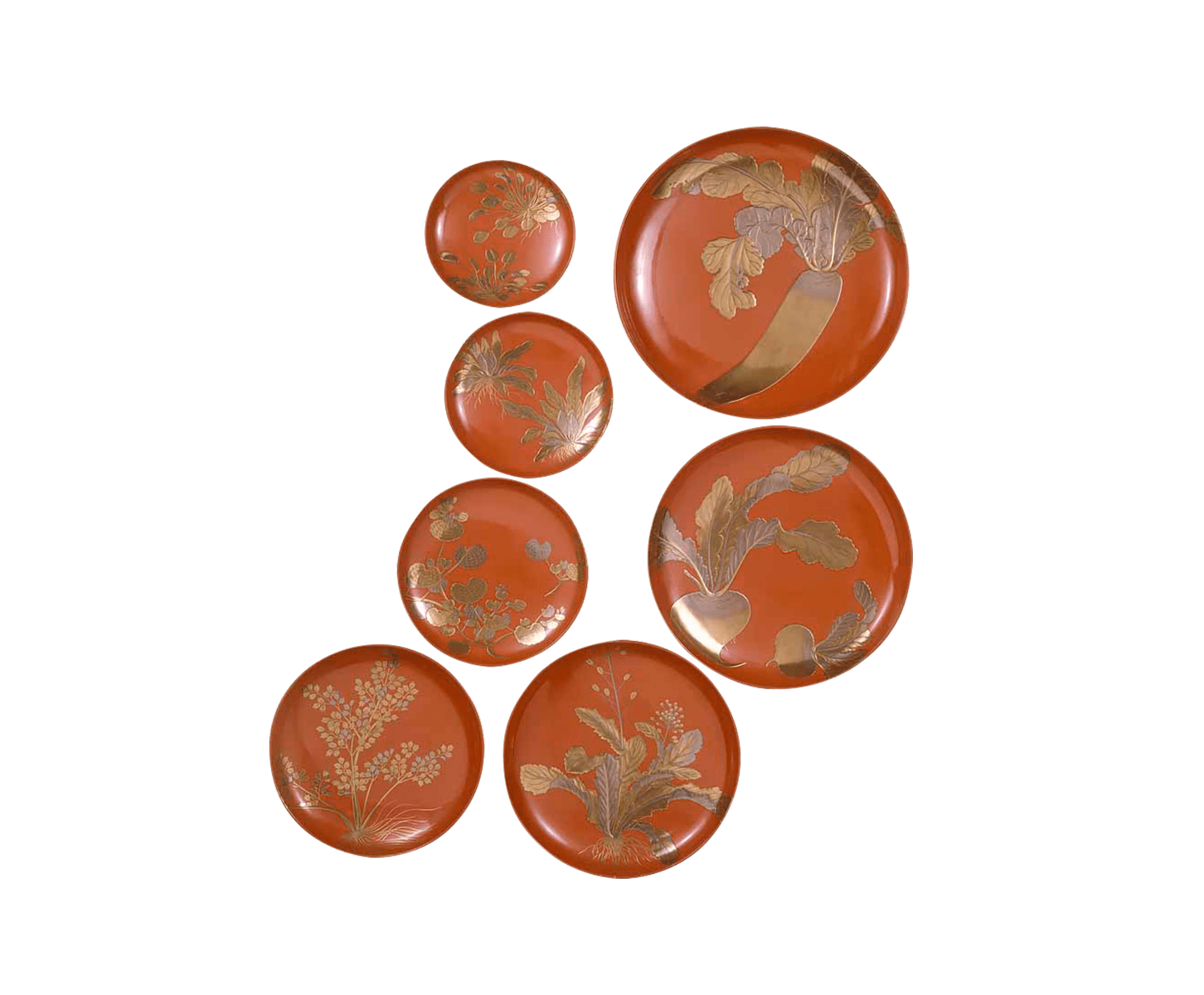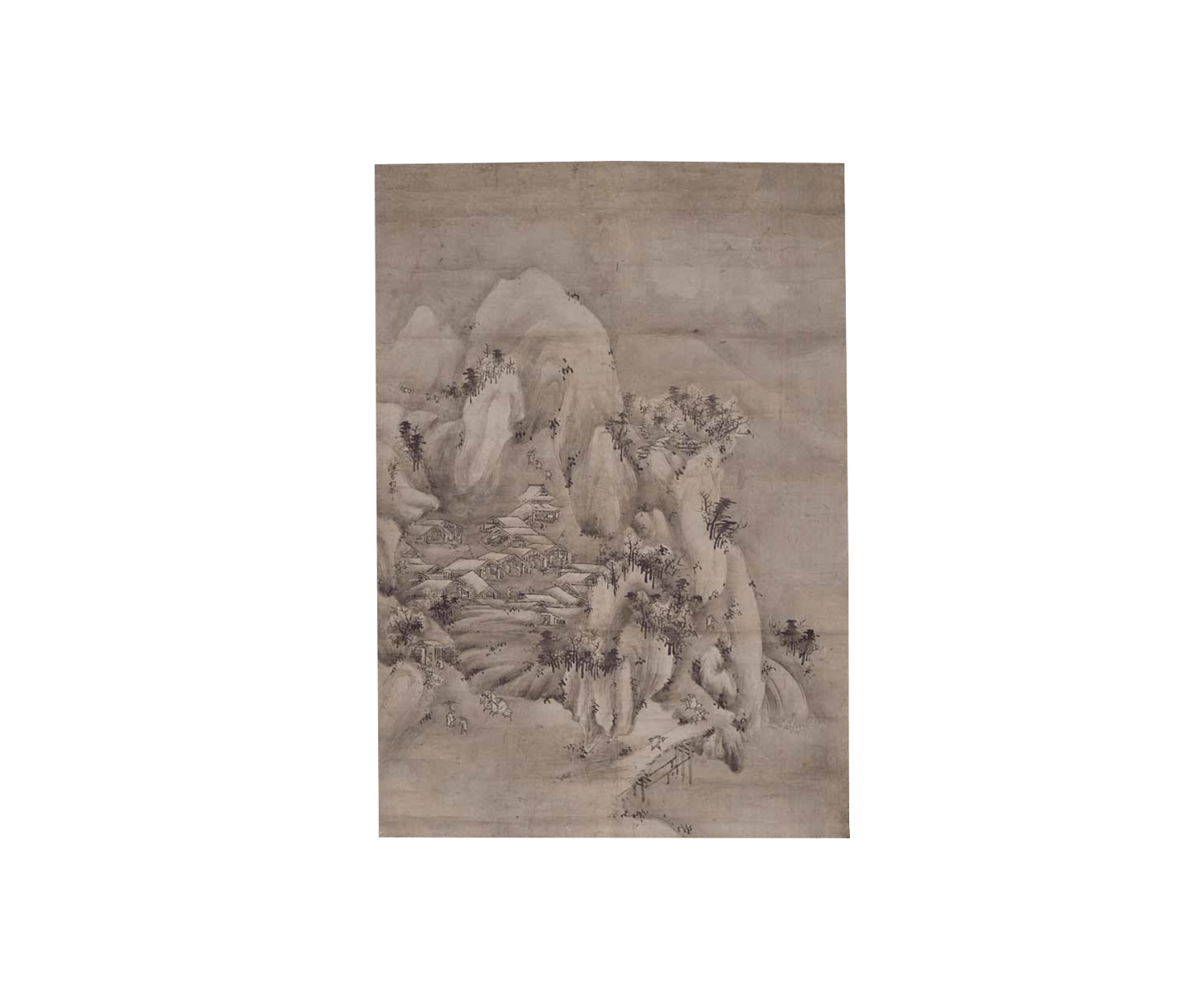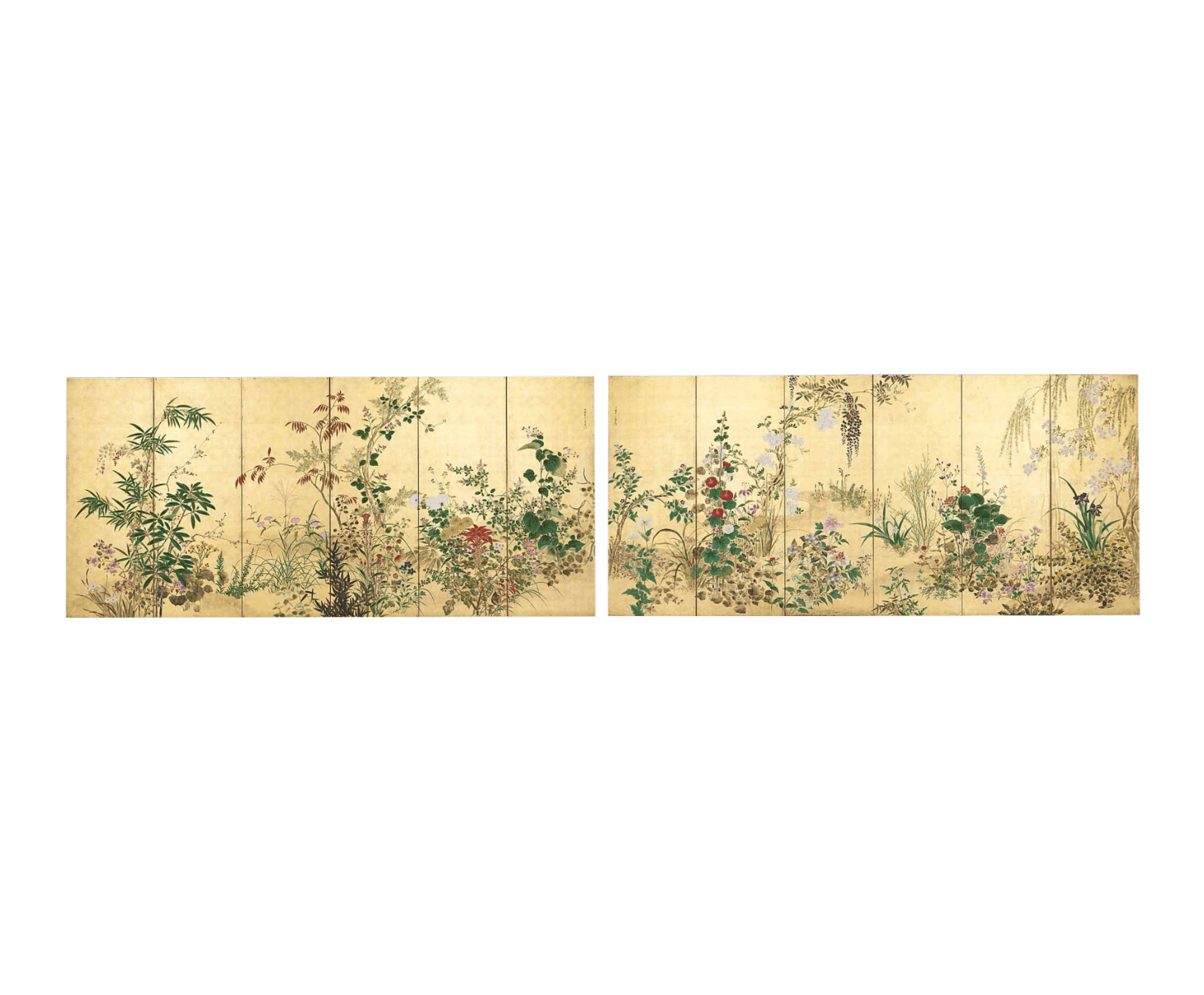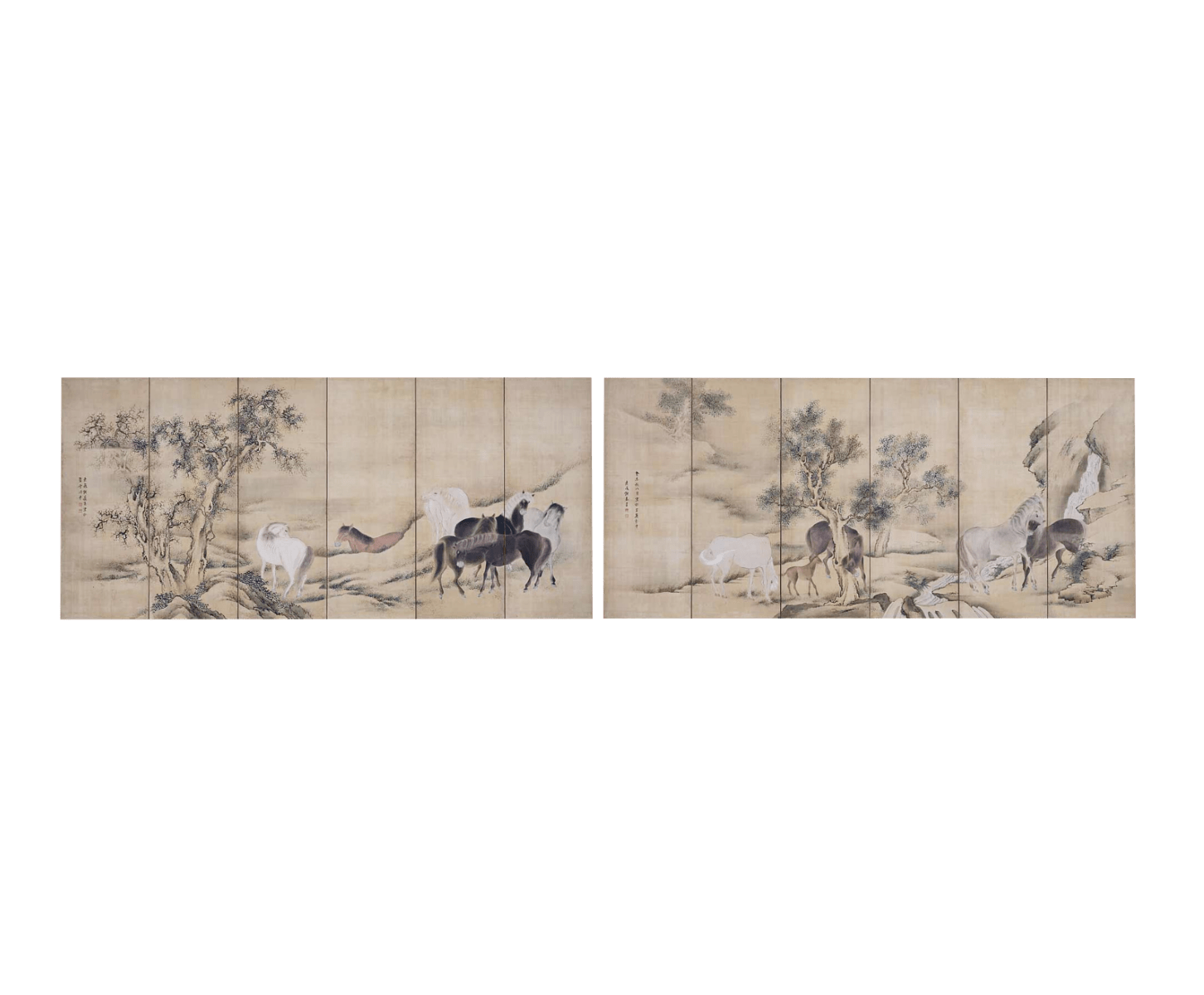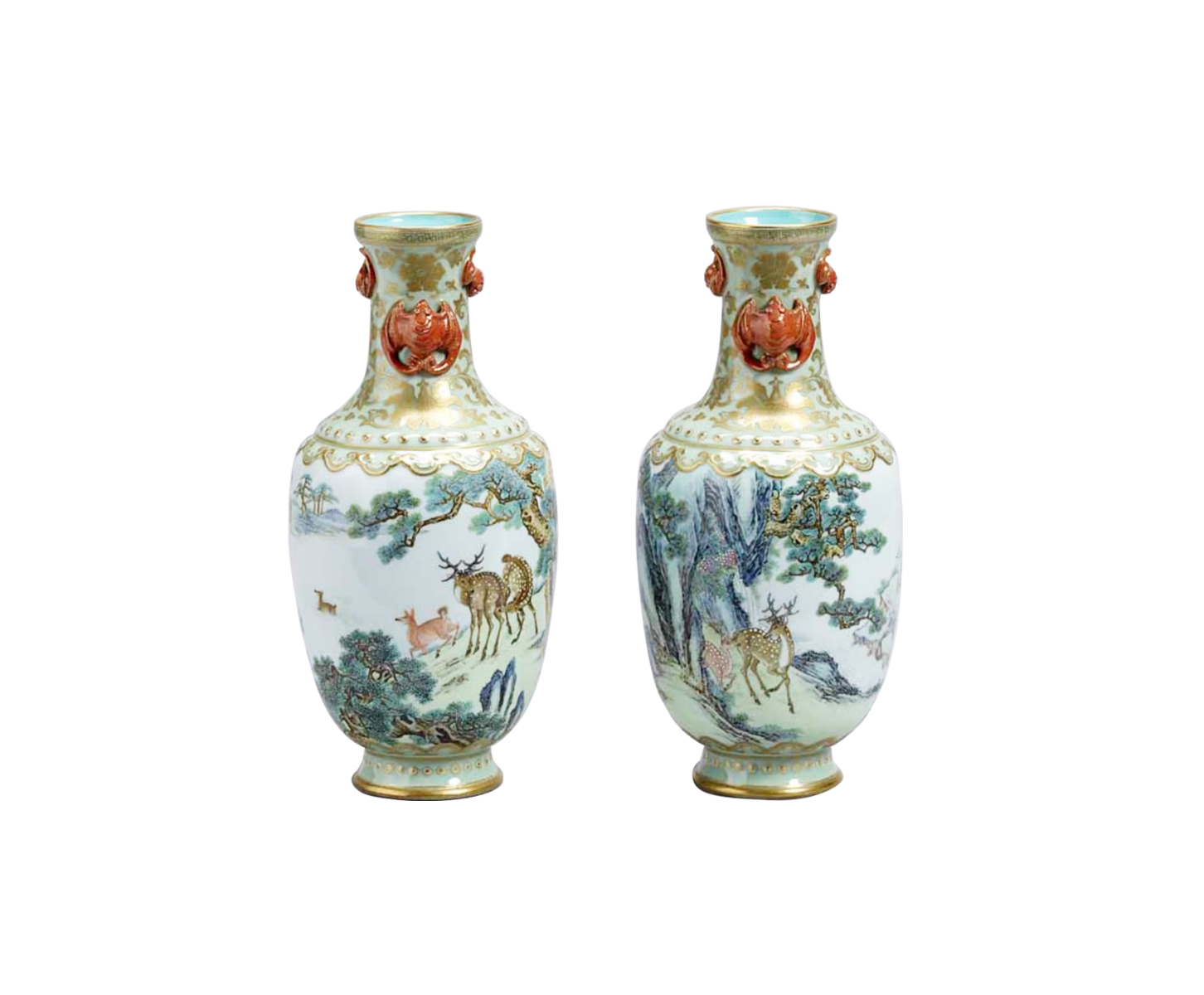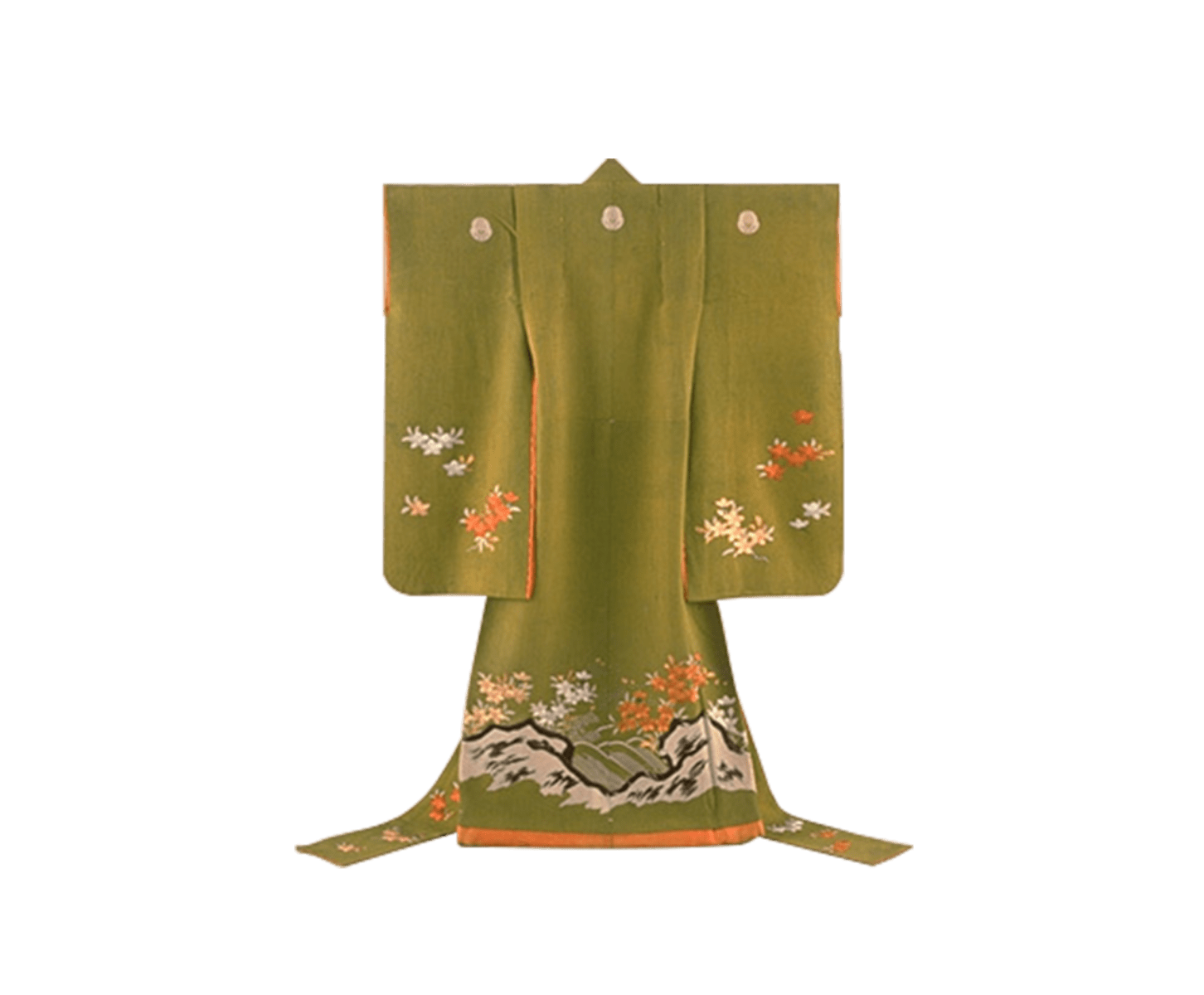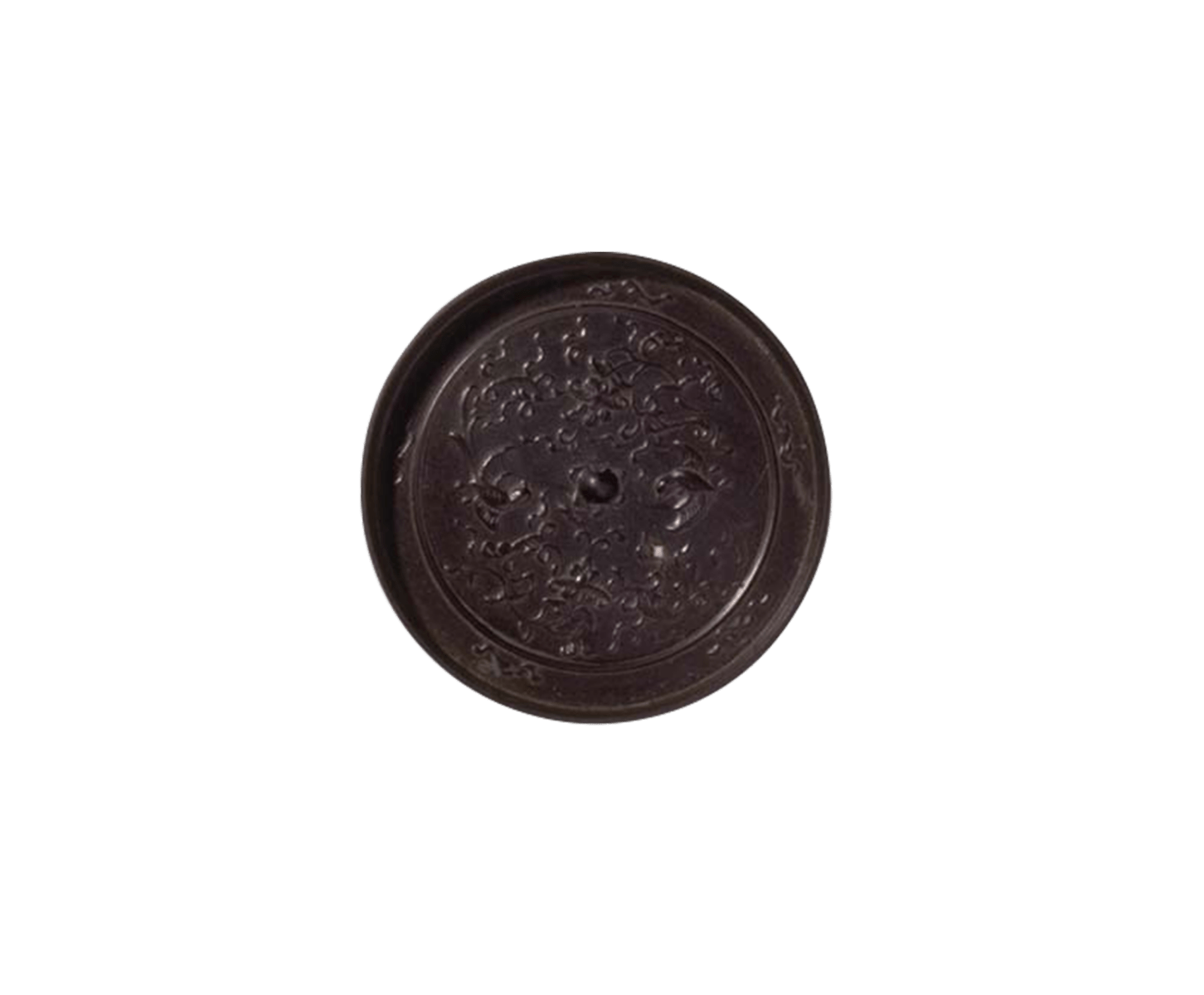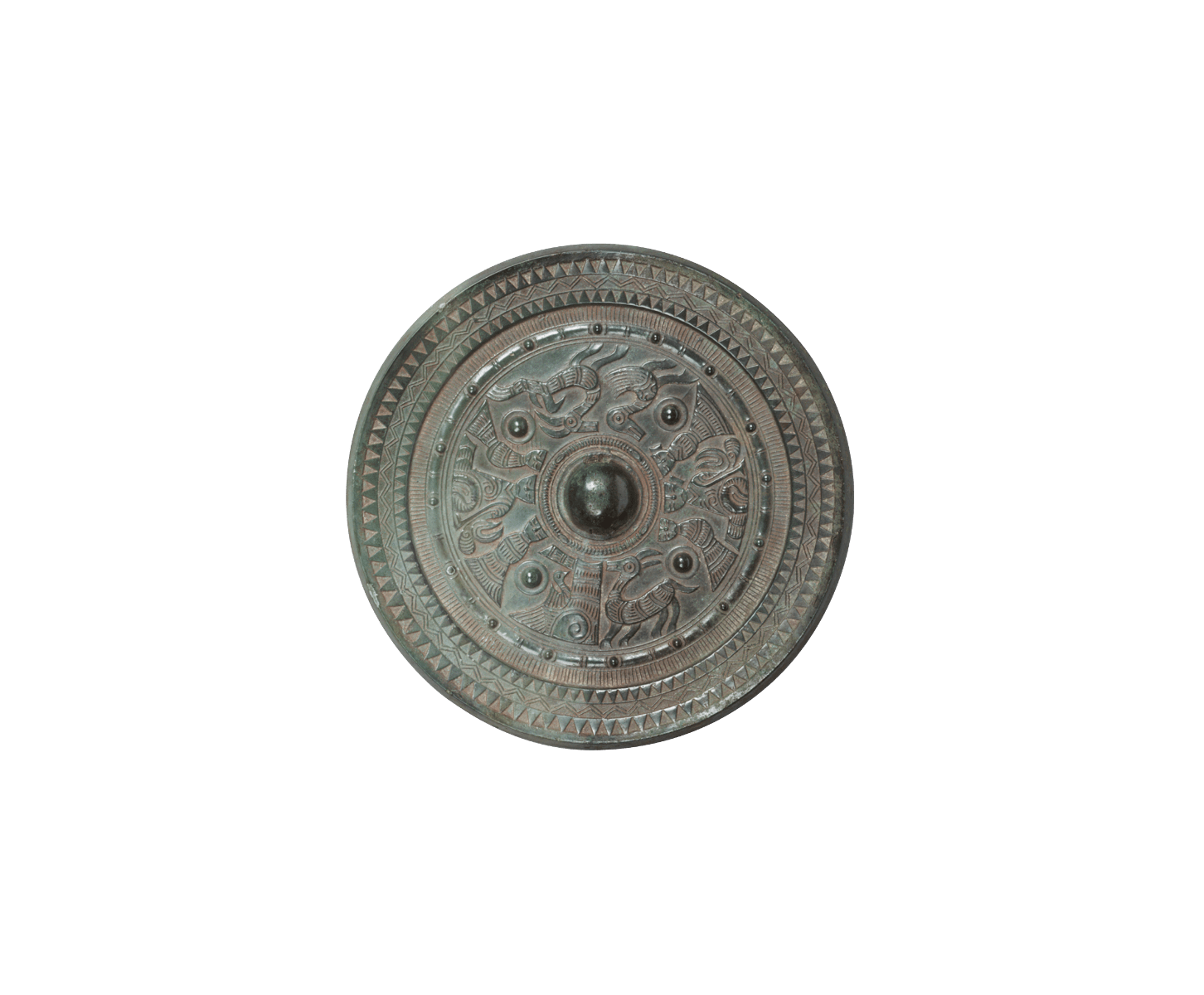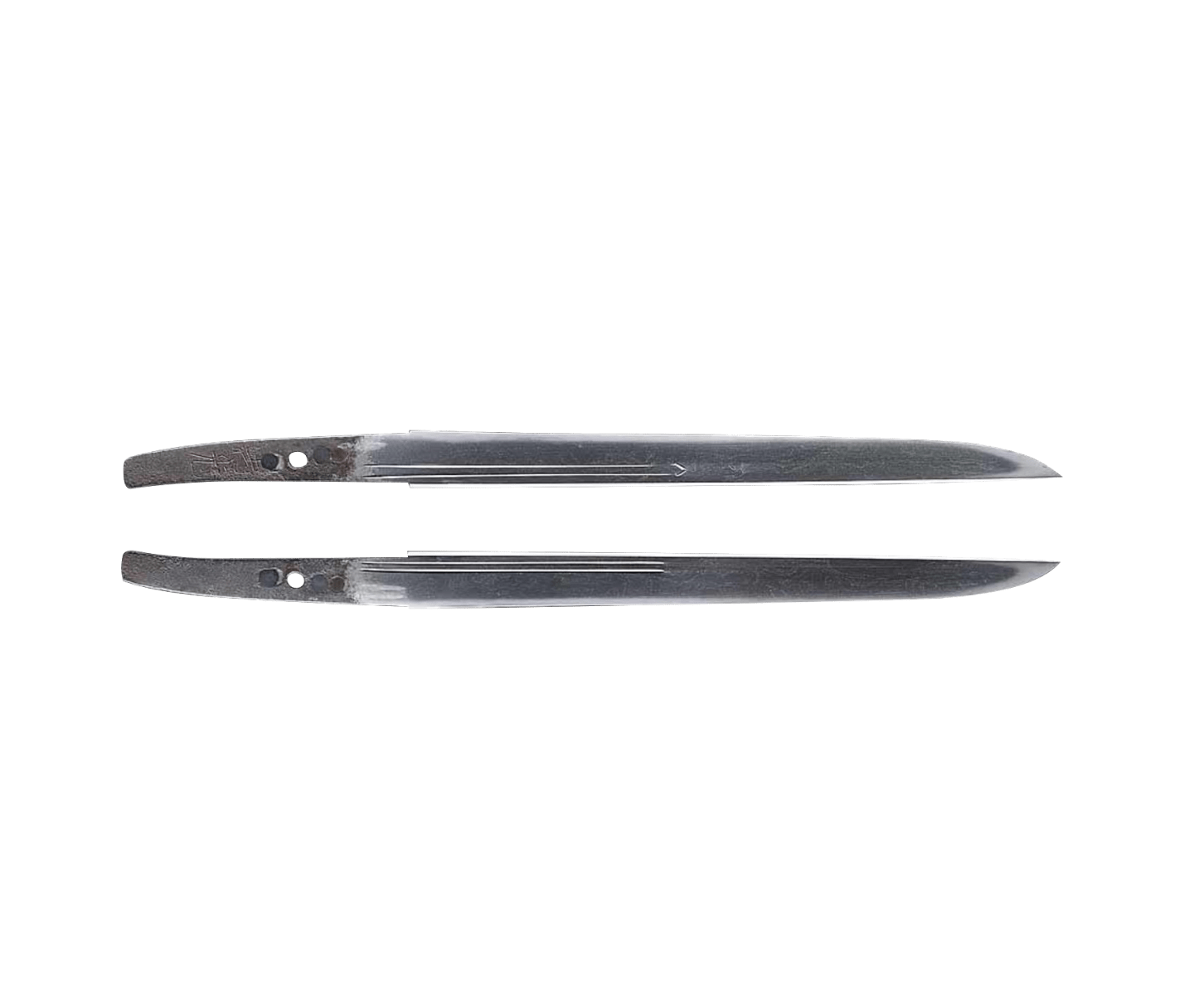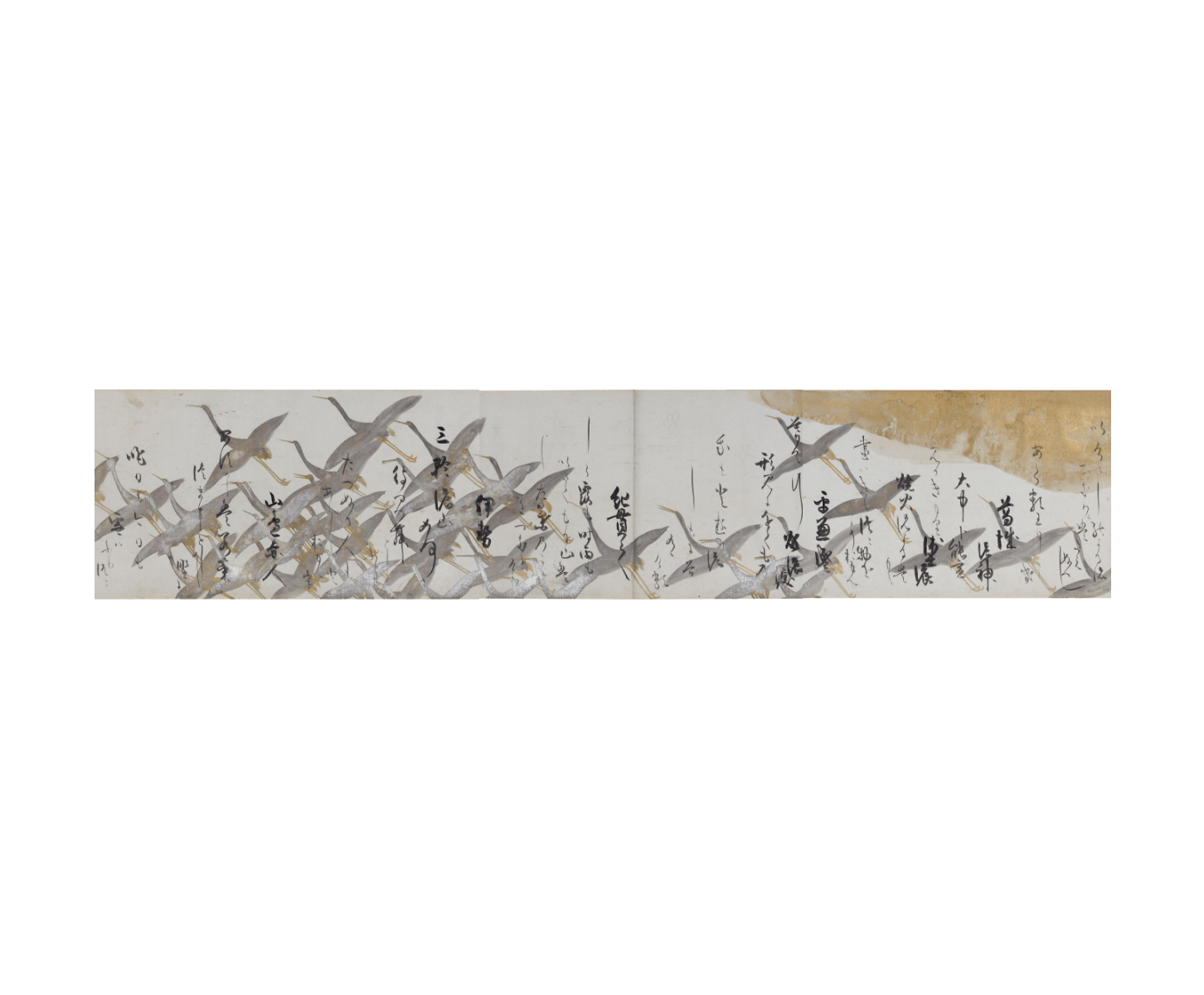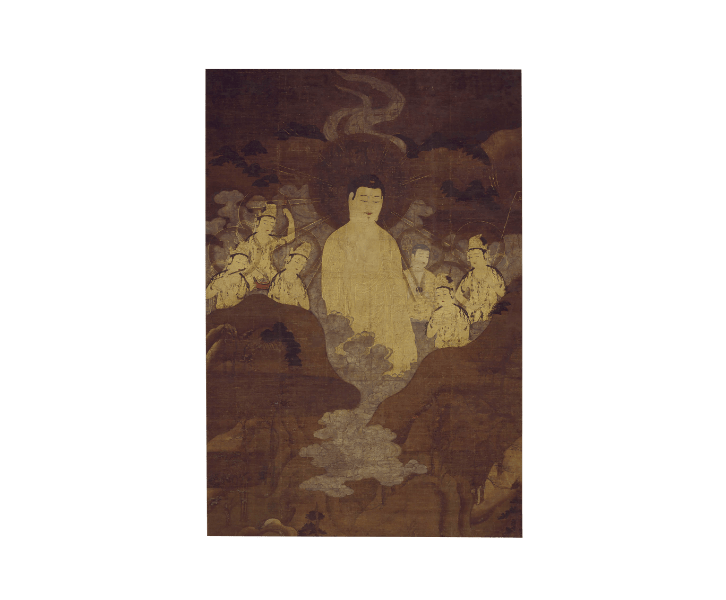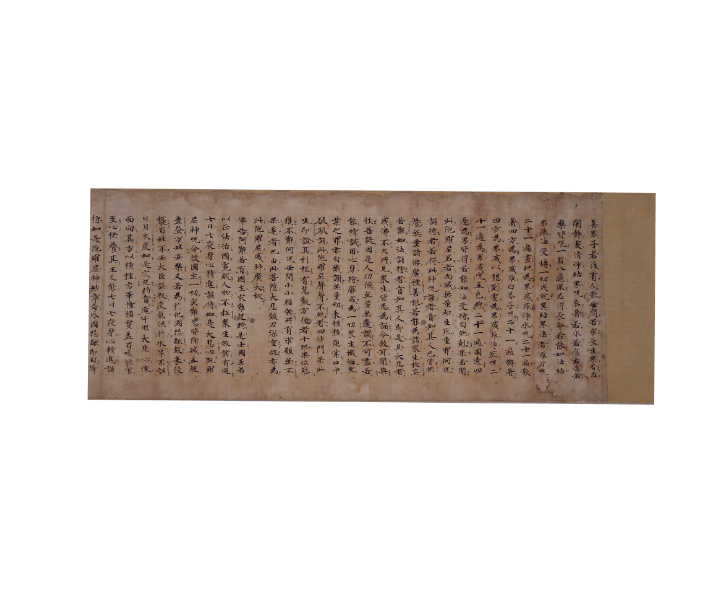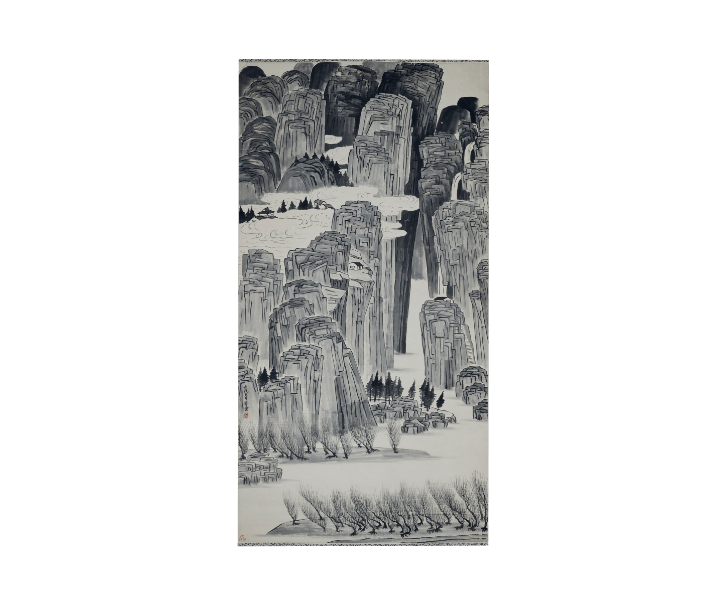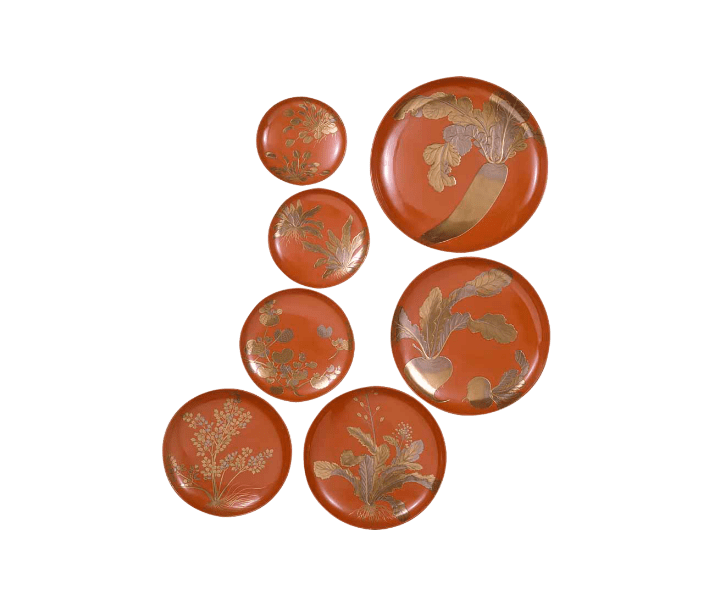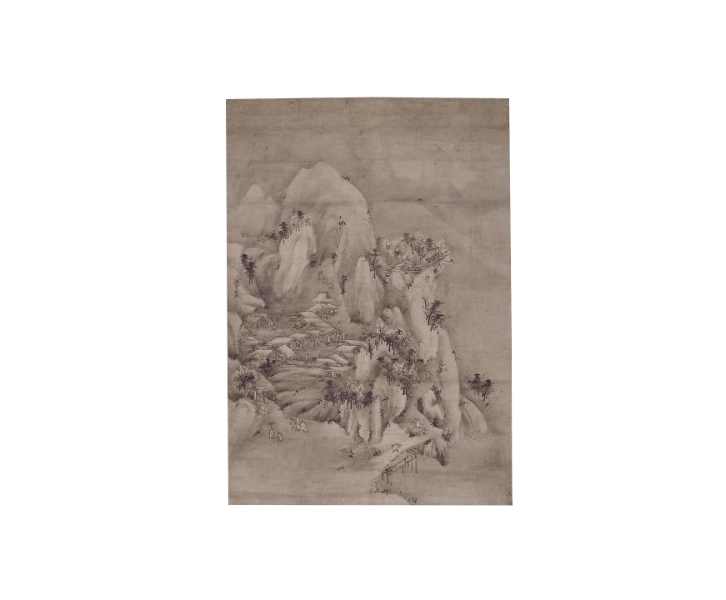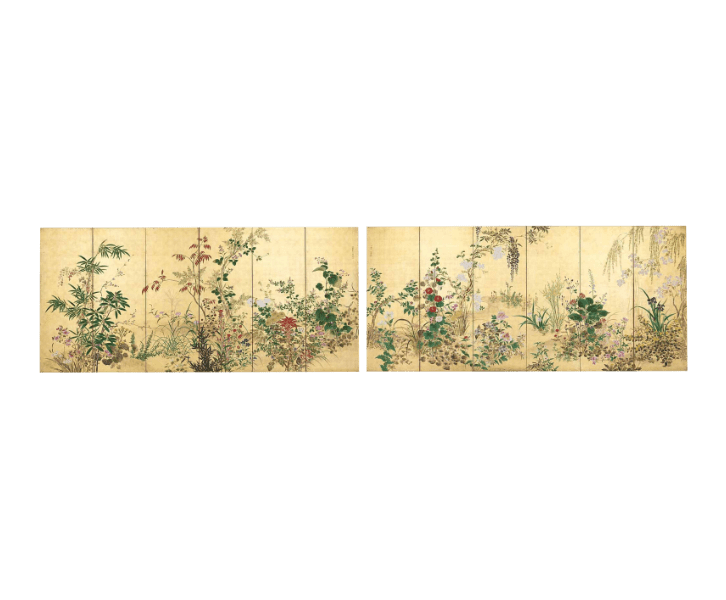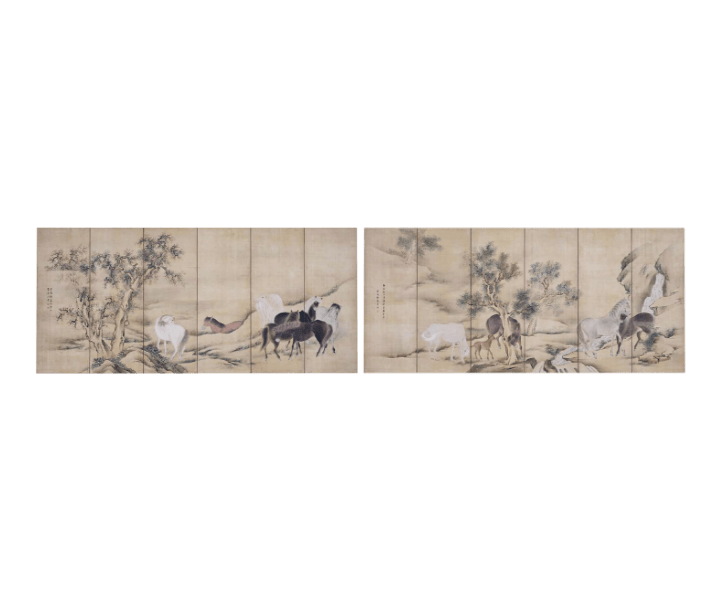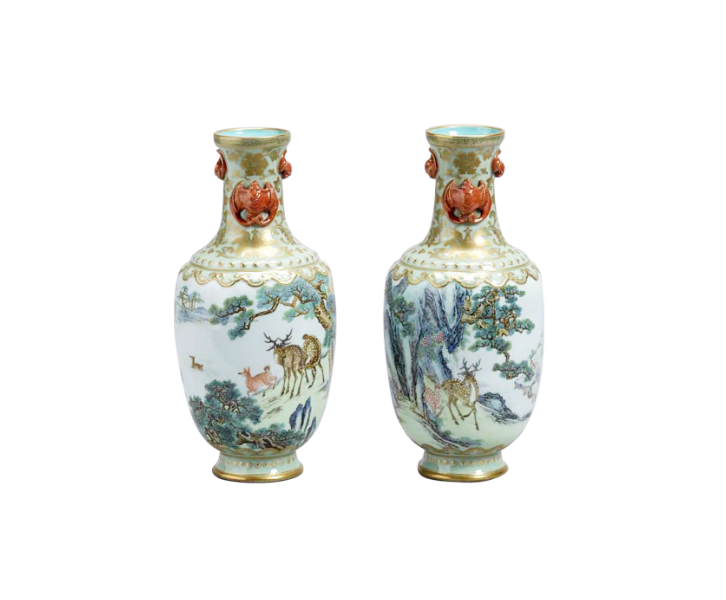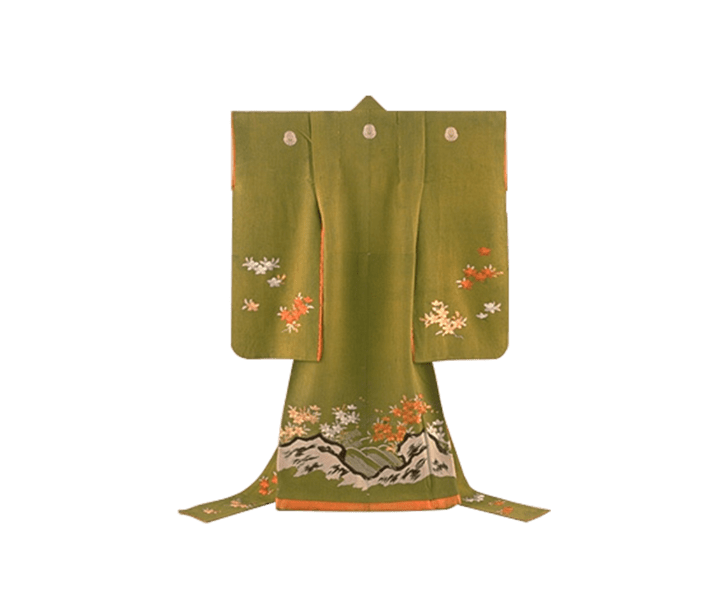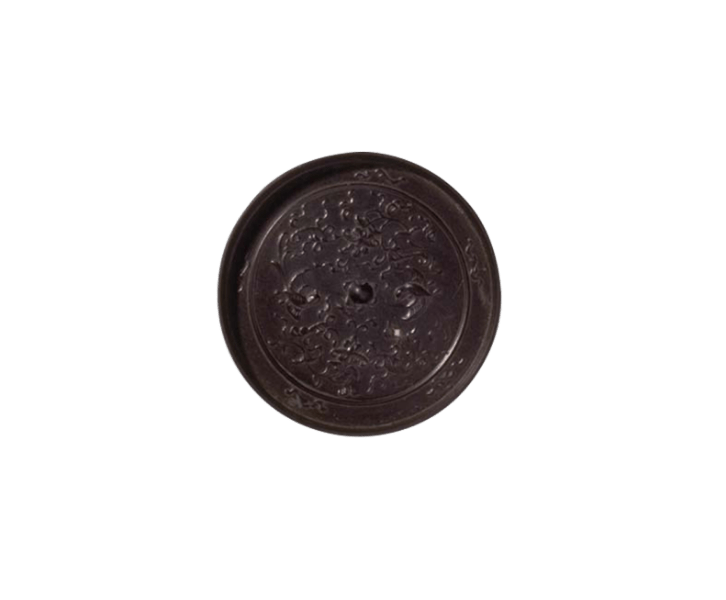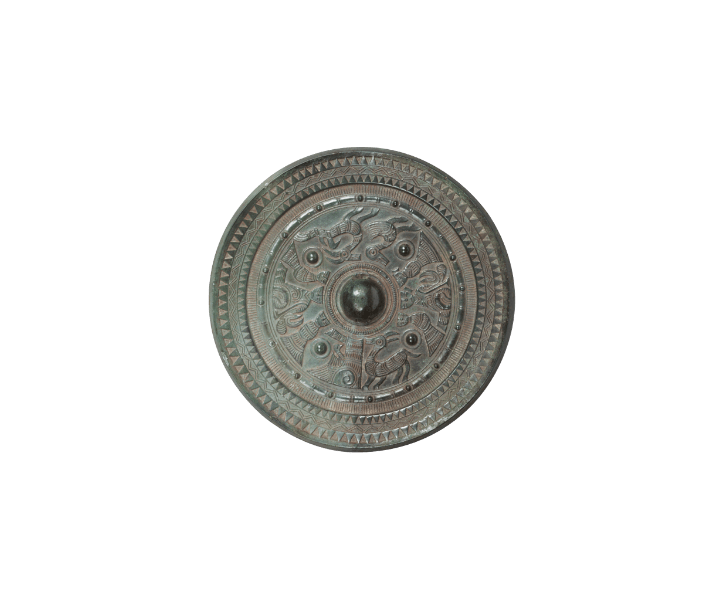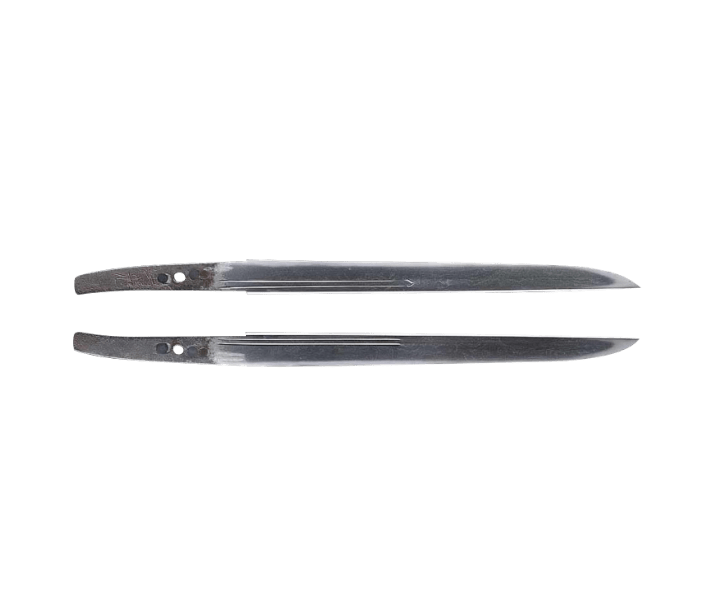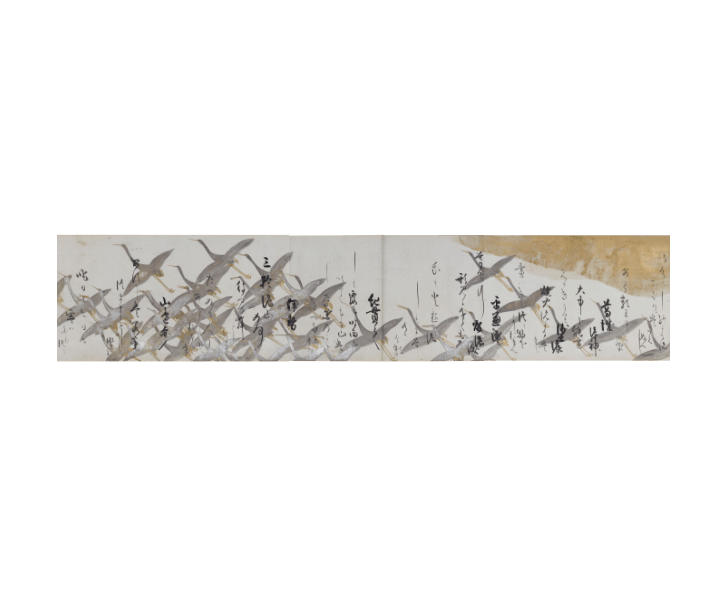Research
Developing the Collection
Major Gifts and Other Acquisitions
At the time the Kyoto National Museum became a national institution in 1952, it boasted a modest collection of 831 works (individual objects or sets). An additional 120 works were thereafter transferred from the Tokyo National Museum, and the collection continued to expand as it acquired approximately 400 cultural properties purchased from temples and shrines by the Agency for Cultural Affairs.
The museum also received donations of outstanding private art collections such as those of lawyer Moriya Kōzō (1876-1954), Asahi Newspaper chief Ueno Riichi (1848-1919), and diplomat Suma Yakichirō (1892-1970). Over the years, the museum has continued to expand its holdings. Today the museum owns a collection of over 9,000 works or sets of works, in addition to more than 6,500 works on loan from temples, shrines, and private individuals.
Column 05
The Museum Collection
The Kyoto National Museum is known for housing masterworks from temples and shrines in Kyoto, which are entrusted on long-term loan. In addition, the museum acquires works through purchase and donation. Some of the important collections that have been donated to the museum are as follows.
- 1931 Objects and archives related to Sakamoto Ryōma (1836-1867), one of Japan's most beloved historical figures, were donated by Sakamoto Yatarō and have become one of the Kyoto National Museum's signature collections.
- 1953 The Moriya Collection, a world-renowned assemblage of early Buddhist manuscripts amassed by Moriya Kōzō (1876-1954), was donated to the museum.
- 1960 The Ueno Collection, comprising Chinese painting and calligraphy collected by Ueno Riichi (1848-1919), one of the founders of the Asahi Shimbun newspaper company, was given to the museum.
- 1956 Rodin's The Thinker was entrusted to the museum on loan in 1950. A generous gift from Ōmiya Kurakichi (1881-1972), president of the Takara Shuzō Company, helped support the subsequent purchase of this masterpiece by the museum.
- 1999-2000 The Suma Collection of modern Chinese painting and calligraphy, amassed by the Japanese diplomat Suma Yakichirō (1892-1970), was donated to the museum. Suma acquired many of his works through personal friendships with celebrated contemporary Chinese artists of the day.
Incidentally, one of the museum's early acquisitions was the National Treasure Reading in a Bamboo Grove, attributed to fifteenth-century ink painter Shūbun (n.d.). It was purchased in 1905 for 750 yen from Myōchi-in Temple; however, when the museum was transferred to Kyoto City and renamed the Kyoto Gift Museum of Kyoto, this masterwork was moved into the collection of the Tokyo National Museum, where it remains today.
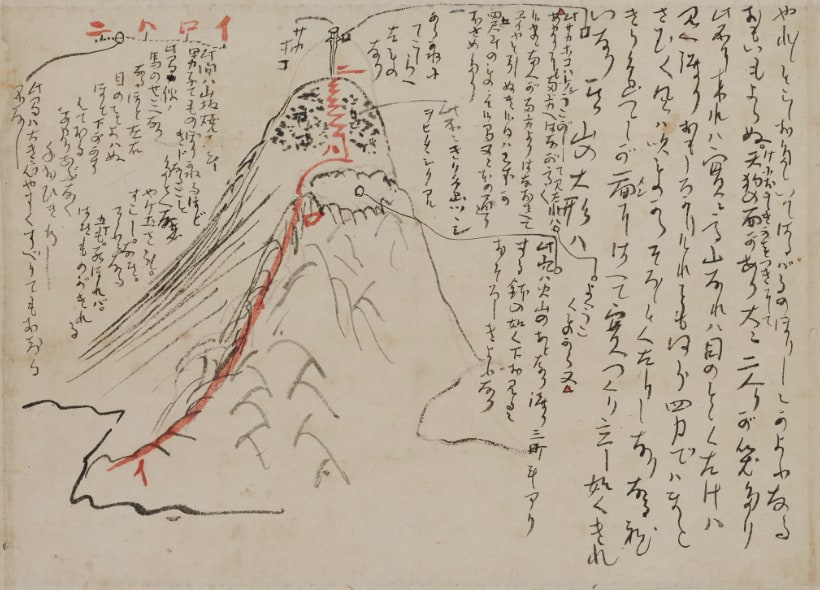
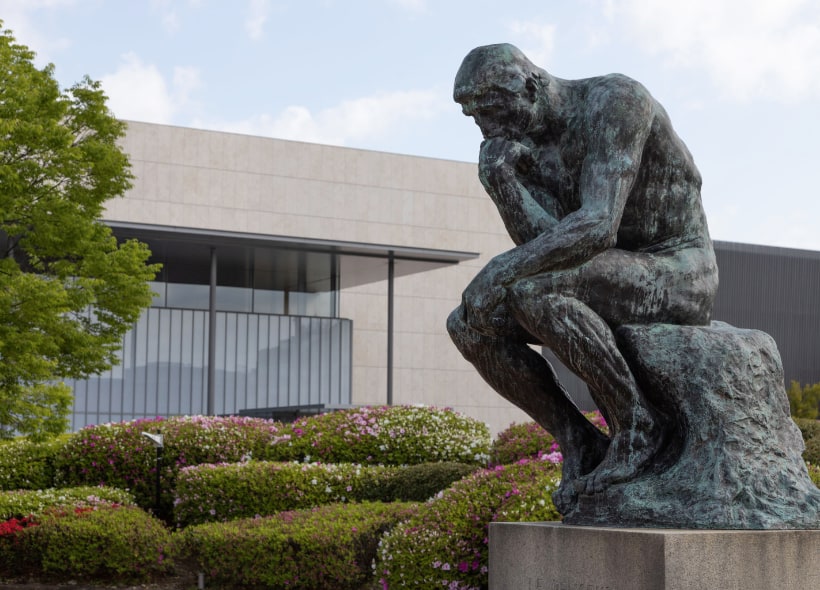
Above: "Sketch of Climbing Mount Kirishima" (in Letter to Otome) by Sakamoto Ryōma
Below: Auguste Rodin's The Thinker
Advancing Scholarship and Digitalization
The Museum as a Research Institute
In 1970, the Asahi Newspaper chief Ueno Seiichi (1882-1970) established the Ueno Memorial Foundation for the Study of Buddhist Art using funds from the sale of the National Treasure painting Amida (Amitābha) Crossing over the Mountains (now in the Kyoto National Museum collection). With support from this foundation, the museum organizes regular scholarly gatherings on Buddhist art and publishes annual reports. In the ensuing decades, the museum has maintained a strong research focus aimed at gathering and managing information and sharing findings with the public.
In 1983, the museum began entering data from its photographic archives into computers donated by the Seifūkai. The museum debuted its official bilingual website in 1996, and its bilingual online database in 1998.
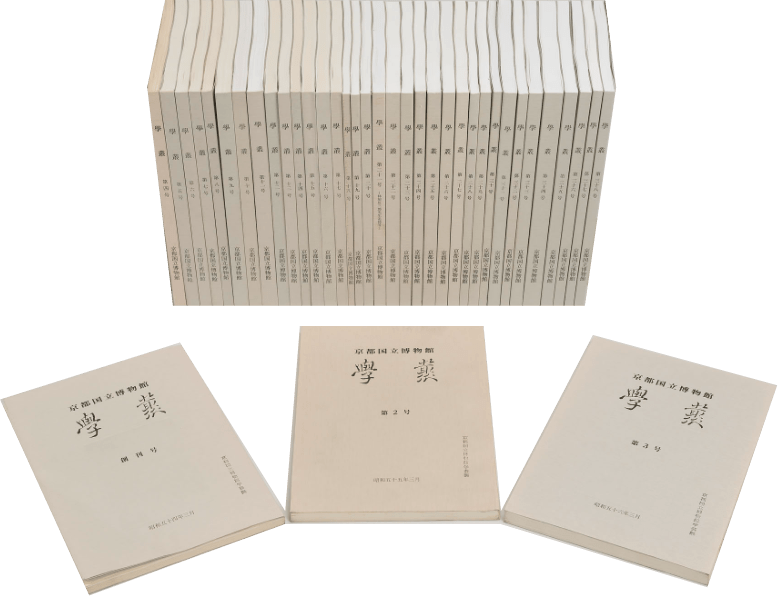
The Kyoto National Museum Bulletin (Gakusō)
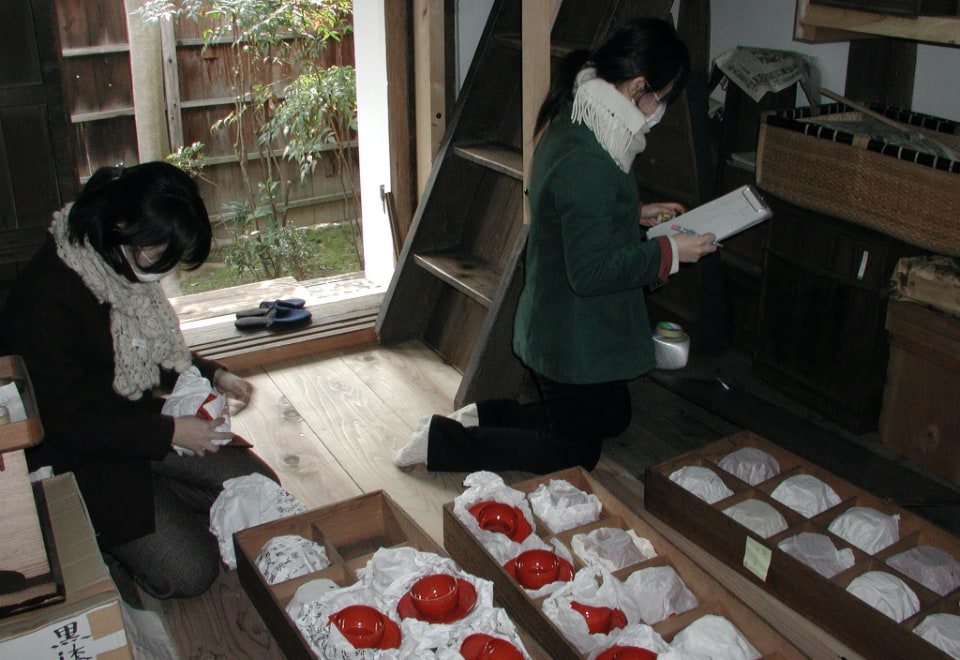
Students assisting with a temple inventory
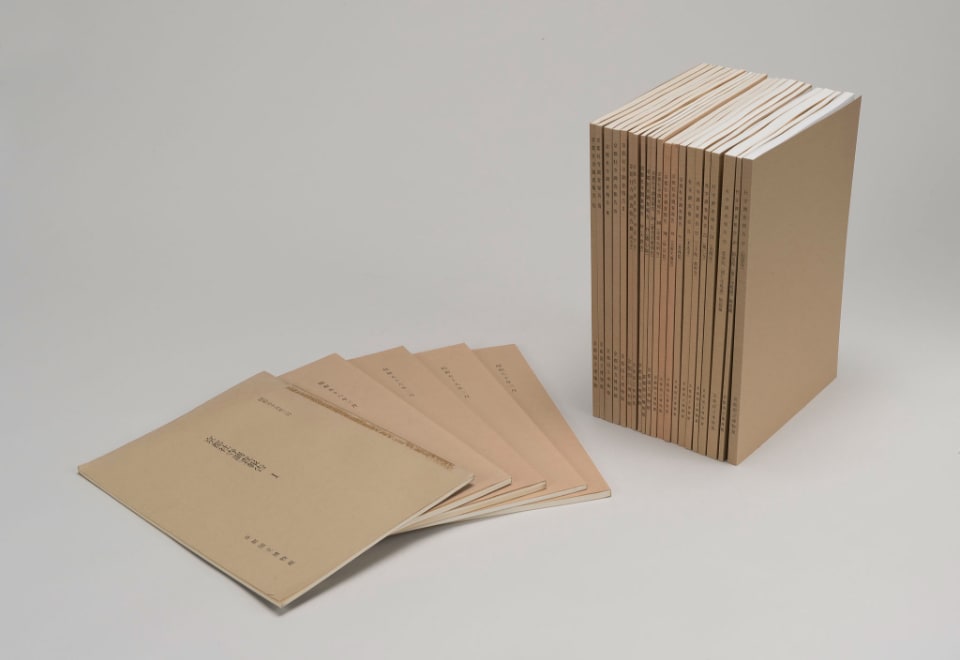
Kyoto National Museum Shrine and Temple Inventory Reports
Reports on comprehensive and systematic inventory surveys of the cultural holdings of historic temples and shrines, conducted regularly since 1979
